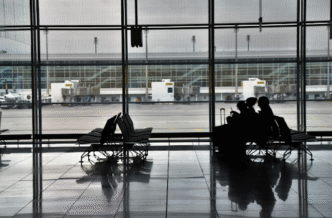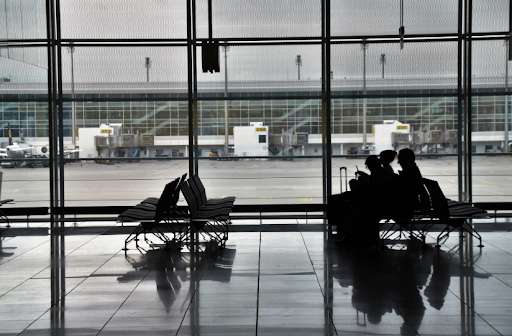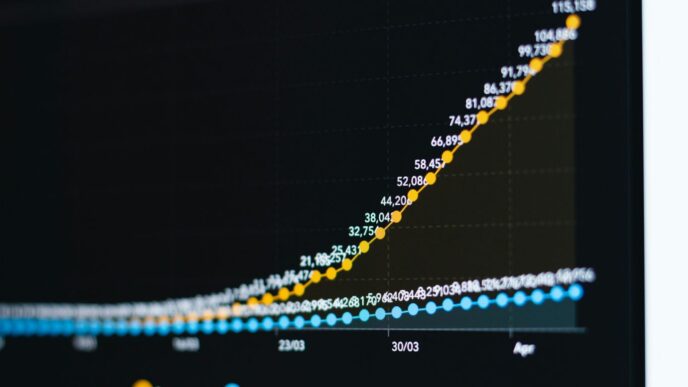AI is reshaping how safety and security are managed across the transportation sector, with applications emerging in airports, public transit systems, and even ride-share platforms. As the movement of people and goods grows more complex, operators are looking to AI not only for efficiency but also to help anticipate risks before they escalate.
“Airports are among the most sensitive entry points in the world, and security technology can’t afford to be reactive. Because of this, we need to shift from a reactive security system to a proactive one,” says Chris Chib, CEO of BlueFin Solves.
Airports at the Forefront
Airports remain one of the most visible testing grounds for AI-driven security. Increasing passenger volumes, threats of trafficking, and incidents of violence against airline staff have left existing checkpoint-based systems under pressure.
Chib argues that security tools need to be able to respond in real time. “The next generation of security technology must be able to identify risks in real-time rather than after the fact. Any system at this scale has to align with the security and regulatory frameworks of each country it operates in, while also preparing for future capabilities like facial and behavioral recognition inside terminals.”
One example is BlueFin’s VisionFleet system, which analyzes vehicle traffic entering airport premises. Using license plate recognition, behavioral analysis, and anti-tampering alerts, the system is designed to flag suspicious activity, such as repeated circling near restricted areas, before it becomes a larger issue.
Trains and Public Transit
Rail networks are also exploring AI to bolster passenger safety. In Europe and Asia, some operators are piloting AI-enabled surveillance to detect unusual behavior on platforms or inside trains, with alerts sent directly to security staff. U.S. transit systems are beginning to test similar tools, particularly in cities where staffing shortages have left gaps in coverage.
AI is also being trialed for predictive maintenance of rail infrastructure. By analyzing vibration, track alignment, and equipment wear, AI systems can forecast where failures might occur and allow for preventive repairs. While the primary goal is operational efficiency, proponents say the technology also improves safety by reducing derailment risks and service disruptions.
Buses and Urban Transit Systems
Bus networks face a different set of challenges, from fare evasion to assaults on drivers. Some municipalities are piloting AI-driven cameras that can spot fare dodging or automatically alert operators if a passenger behaves aggressively.
On the operational side, AI is increasingly being used to manage traffic flow and rerouting. By analyzing traffic patterns, weather conditions, and passenger demand in real time, AI can help city buses avoid delays and reduce overcrowding, measures that indirectly support safety by keeping systems running smoothly.
Ride-Share Platforms
Beyond public infrastructure, ride-share platforms are integrating AI into driver and passenger safety features. Some apps already use AI-powered identity verification for drivers, while others analyze driving patterns, such as hard braking or sudden swerving, to flag unsafe behavior.
Companies are also testing AI-based monitoring systems that can detect when a ride is taking an unusual route and automatically alert the rider or support staff. As with airports and transit, these systems raise questions about data privacy but point toward a more proactive model of safety management.
Balancing Benefits and Concerns
Advocates of AI in transportation argue that the technology can monitor systems at a scale and speed no human workforce could sustain. Supporters also say AI reduces the risk of oversight fatigue and helps direct human attention where it is most needed.
However, concerns about bias, data privacy, and regulatory compliance remain. Airports, train operators, and ride-share companies all operate under different national and local frameworks, making uniform deployment difficult. Critics warn that without clear safeguards, AI could create new risks even as it addresses old ones.
The Road Ahead
Despite these challenges, industry observers agree that AI is moving from pilot projects into everyday transportation operations. From airports testing vehicle recognition systems to bus lines trialing automated fare detection, the trend is toward earlier identification of risks and faster responses.
Chib believes that shift is overdue. “Airports are among the most sensitive entry points in the world, and security technology can’t afford to be reactive,” he says. “We need to shift from a reactive security system to a proactive one.”














